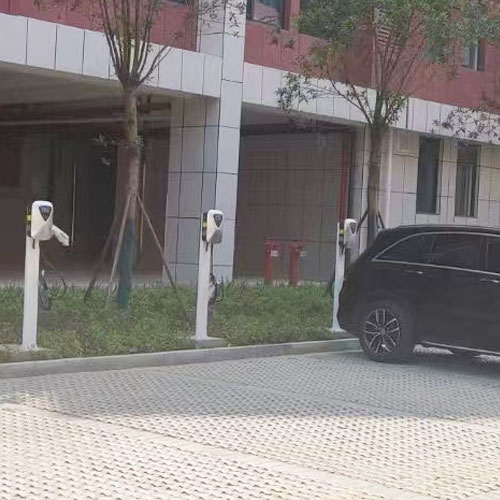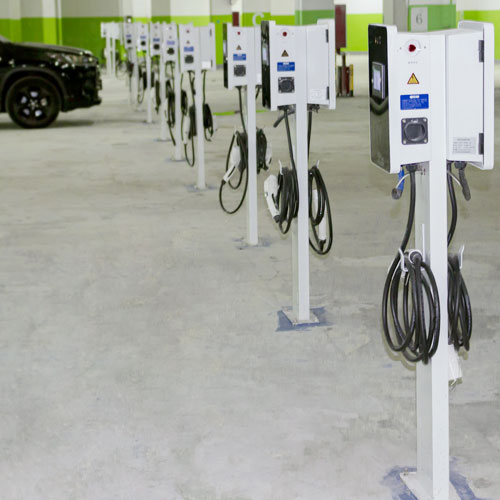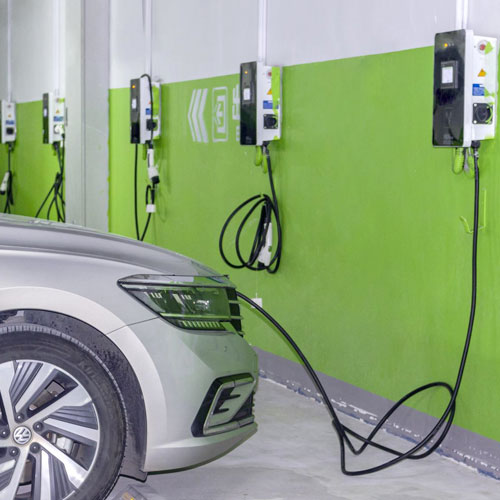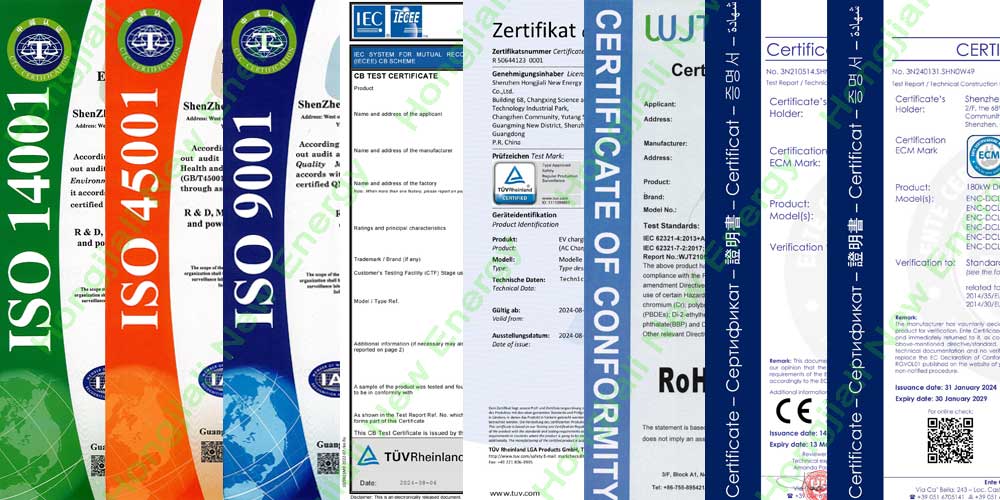-
 +86 18924678741
+86 18924678741 -
 sales@hjlcharger.com
sales@hjlcharger.com -
 Shenzhen City, Guangdong Province, China
Shenzhen City, Guangdong Province, China
The 11kw charger is perfect for hotels, offices and apartments, and it comes with an LED display with WiFi/Bluetooth. The 11kW charger charges nearly 60% faster than the 7kW charger and has fire, overcurrent, overvoltage and overheating protection. In addition, the low-power AC used is car-friendly.
The 11kw charger has an estimated range of 25-35 miles per hour of charging and is suitable for all electric vehicles and plug-in hybrid vehicles. The rated power is 11kw, which enables them to deliver energy to the battery of electric vehicles faster, thereby reducing charging time.
The product parameters of the 11kw charger are as follows:
Parameters | Requirements | |
General Requirements | ||
EV Charger Type | AC | |
Charger Capacity | 11KW | |
Equipment size | L324*W161*H1430(mm) / L293*W140*H418(mm) | |
Product Model NO. | ENC-ACB/L011A | ANSI-ACB/L011A |
Mounting | Wall-Mounted/Column Type | |
Input Requirements | ||
AC Supply System | Three-Phase, 5 Wire AC system(ENC) | Single-Phase, 3 Wire AC system(ANSI) |
Nominal Input Voltage | AC380V±15%(ENC) | AC240V±15%(ANSI) |
Input Frequency | 50±3Hz | |
Environmental Requirements | ||
Ambient Temperature Range | -25 to 55°C | |
Ambient Humidity | 5 to 95% | |
Storage Temperature | -40 to 70°C | |
Mechanical Requirements | ||
IP Ratings | IP 55 | |
Cooling | Natural Cooling | |
Output Requirements | ||
Number of Outputs | 1 | |
Type of Each Output | AC380V±15%(ENC) | AC240V±15%(ANSI) |
Single Output Max.Current | 16 Amp/50 Amp | |
User Interface & Display Requirements | ||
Display & Touch-Screen Size | 4.3 Inches Screen | |
User Authentication | QR Code/RFID Card /Password Login | |
Metering Information | Consumption Units | |
Communication Requirements | ||
Communication between EVSE and Central server | Protocol (Optional) | |
Interface between Charger and CMS | Ethernet/3G/4G/WIFI (Optional) | |
Protection & Safety Requirements | ||
Executive Standard | IEC 62196 2017, IEC 61851 2017, SAE J1772, etc. | |
Safety Parameters | Over Current, Over Voltage, Under Voltage, Residual Current, Surge Protection, Leakage Protection, Short Circuit, Over Temperature, etc. | |














